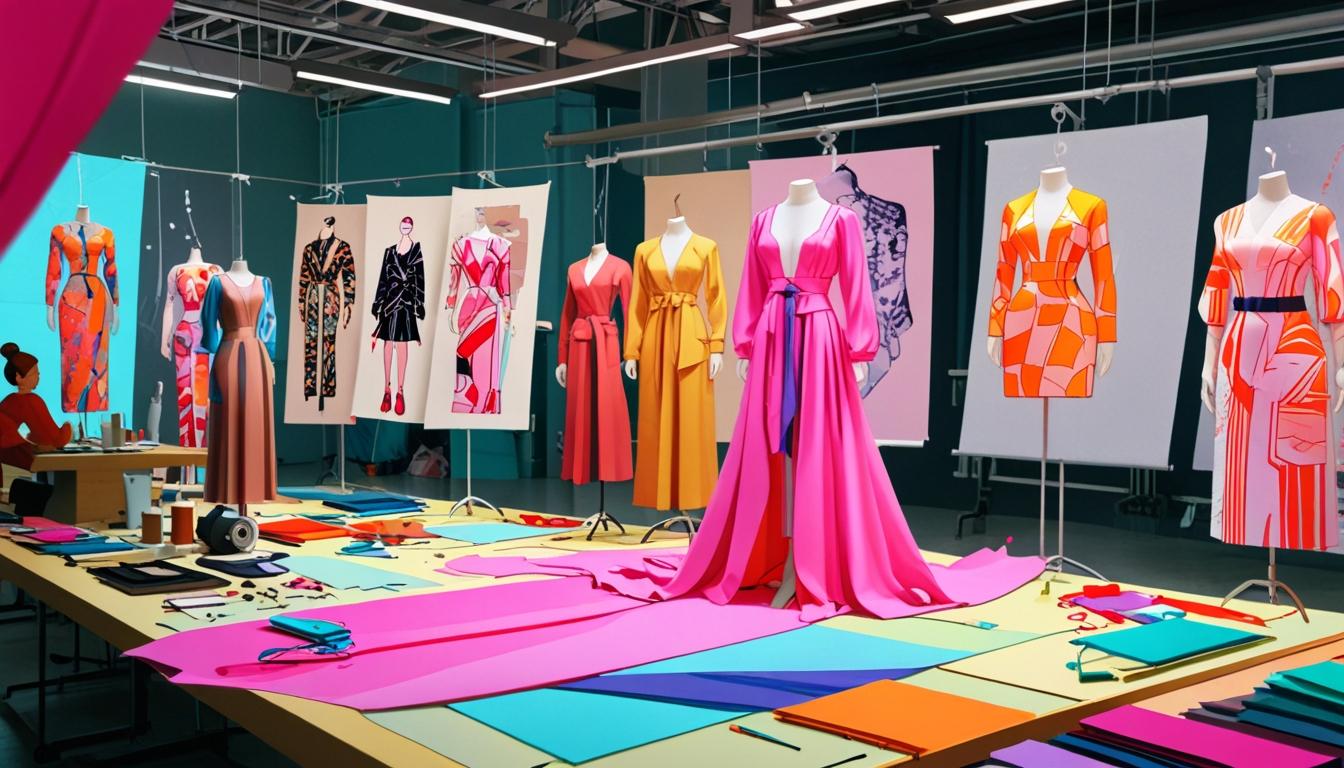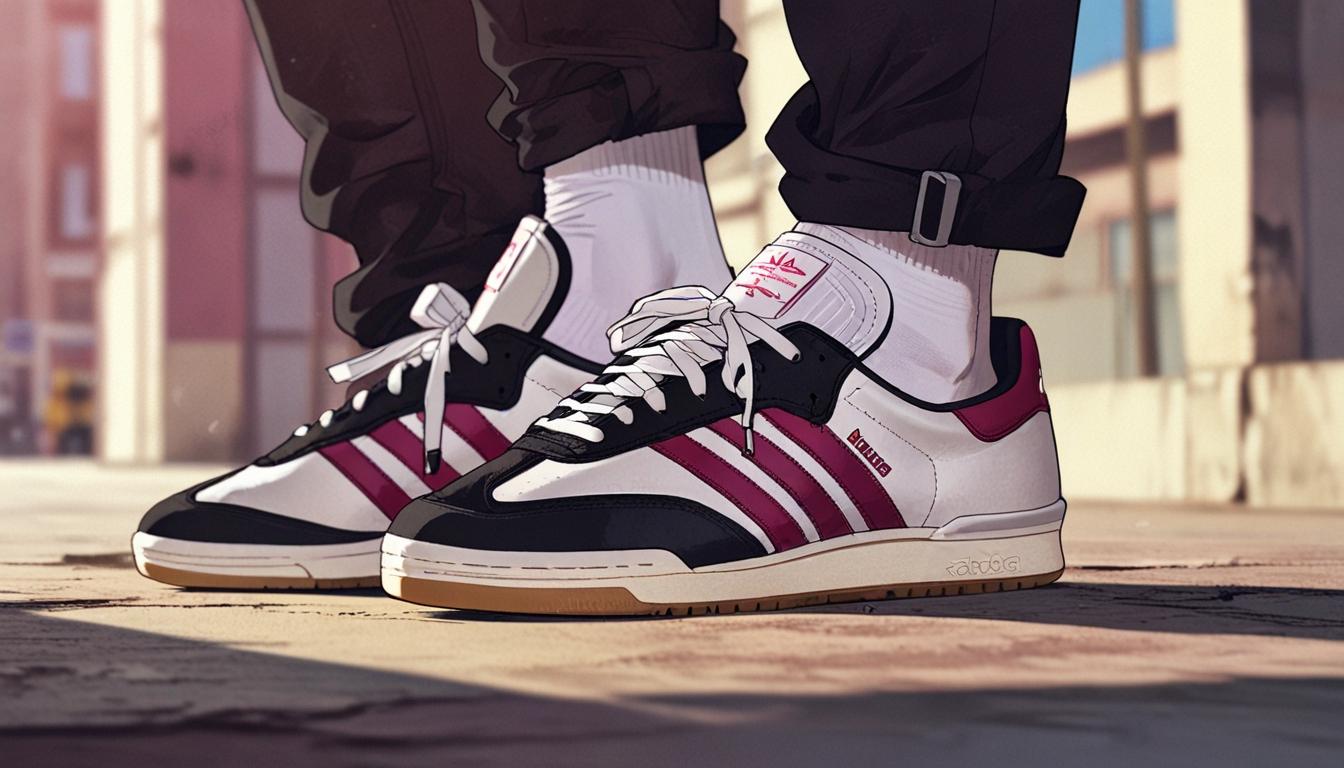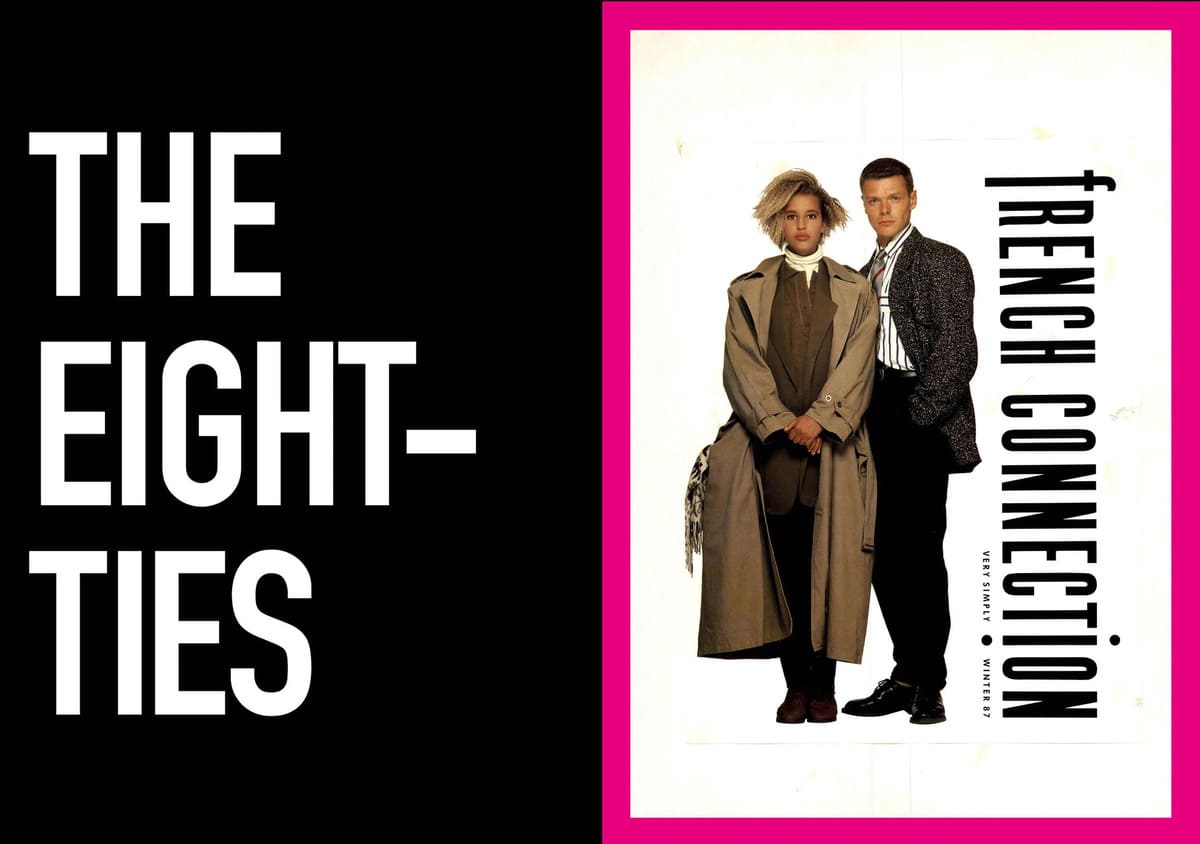As the fashion industry evolves, the integration of AI and 3D design tools presents both opportunities and challenges, prompting a reconsideration of traditional design practices.
In the fast-paced world of fashion, where trends can shift rapidly, the integration of technology such as artificial intelligence (AI) and 3D design tools is becoming increasingly pertinent. However, not everyone in the industry is ready to fully embrace these advancements. The “University of Fashion Blog” highlights this ongoing dilemma, pointing out that despite the long-standing acceptance of computer-aided design (CAD) tools for drawing and pattern making, skepticism around AI persists.
Over the past five decades, the industry witnessed initial resistance to CAD tools, which have now become invaluable for graphic design and digital pattern drafting. The blog emphasizes that, like these tools, AI should be viewed not as a rival but as a means to enhance creative processes within fashion design. Some industry professionals, however, are voicing concerns about AI potentially undermining traditional design jobs. Nevertheless, predictions from McKinsey analysts suggest that generative AI could add between $150 billion to $275 billion to fashion industry profits by the year 2030. Moreover, a recent survey indicated that “73% of global fashion executives consider generative AI to be an important strategic priority.”
To illustrate the integration of AI in the fashion sector, the blog cites examples of early adopters of these technologies. Spanish fashion brand Desigual, for instance, unveiled its first Online Only On Demand collection in 2023, which utilized AI technology to produce garments and denim bags only after customers placed orders. The production time for these items is estimated to be 90 days, allowing the brand to make more accurate forecasts regarding raw material requirements and logistics. Desigual credits this approach with enhancing both creativity and efficiency, while providing consumers with a personalized and sustainable fashion experience.
In another notable instance, famed designer Norma Kamali collaborated with Meta Maison to create a proprietary AI model that draws upon her extensive archives. This partnership culminated in a showcase titled “Fashion Hallucinations,” featuring AI-generated designs displayed in February 2024. Kamali expressed her belief that “AI is set to shape the industry’s approach to archiving and to facilitate creative longevity,” illustrating the potential for AI to preserve and innovate upon established fashion legacies.
The blog encourages those in the industry to view AI tools not as threats, but as powerful allies that can enhance their creative expression and bring their visions to life. As the fashion landscape continues to evolve, the adoption of innovative technologies like AI appears to be an essential avenue for brands looking to stay competitive and sustainable in the future.
Source: Noah Wire Services





The things i have seen in terms of laptop or computer memory is always that there are requirements such as SDRAM, DDR and so on, that must go with the specs of the mother board. If the computer’s motherboard is reasonably current while there are no operating-system issues, modernizing the ram literally will take under an hour or so. It’s one of several easiest laptop or computer upgrade types of procedures one can envision. Thanks for expressing your ideas.